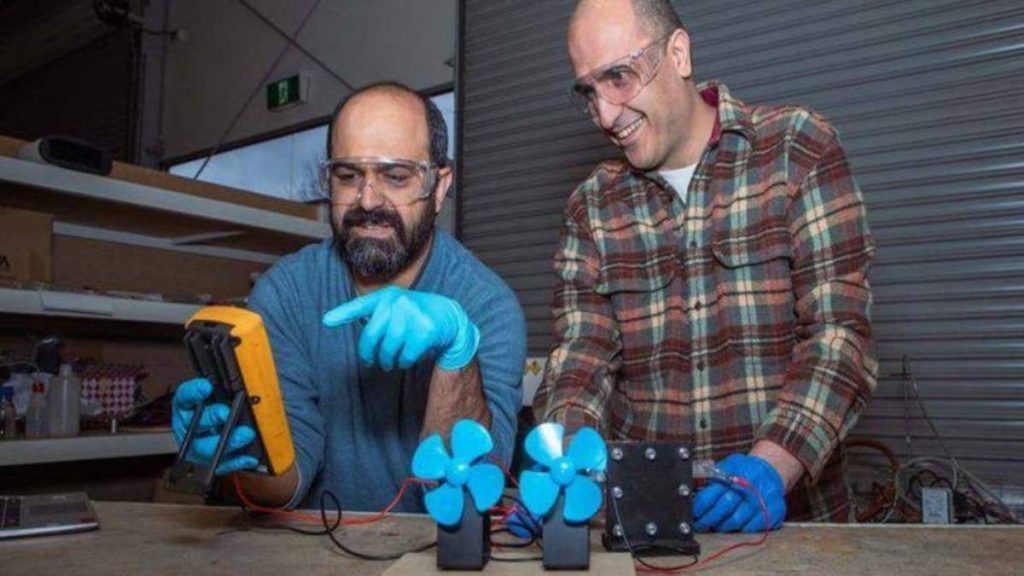The 21st century has seen a rise in discoveries and inventions. As the world moves to reduce the use of fossil fuels to achieve minimal greenhouse emissions, engineers keep searching for alternative power sources.
Fortunately, the researchers at the Royal Melbourne Institute of Technology (RMIT) have made headway. The researchers tripled the energy density of their experimental proton batteries, presenting an alternative to conventional lithium-ion batteries.
For the longest time, Lithium-ion batteries have dominated the energy market. They are everywhere. They power our phones, laptops, appliances, and other electronics. Since these batteries can store energy in a relatively small space, people use them to power electric vehicles.
However, the RMIT team’s timing couldn’t be better. Although Lithium-ion batteries are useful and efficient, they don’t come without a cost.
According to reports, Lithium and other rare earth metals necessary to make lithium-ion batteries are difficult to recycle. If they are not properly recycled and end up in landfills, they can release harmful toxins into the soil and nearby waterways.
In addition, mining and processing Lithium and the other metals that make up lithium-ion batteries require significant energy. Consequently, the process contributes to air pollution that requires frequent use of the battery to offset.
Finally, as demands for EVs rise, it could outpace lithium supplies, threatening attempts to reduce reliance on fossil fuels.
Consequently, the RMIT team developed a new energy source, Proton batteries. Unlike lithium-ion batteries, they use a carbon electrode and are charged by splitting water molecules. Their new proton battery reportedly has an energy density of 245-watt hours per kilogram.
In addition, it has nearly three times the energy density of the team’s 2018 prototype. Also, this energy density rivals that of conventional lithium-ion batteries, which typically have an energy density of around 260 Wh/kg.
Lead researcher and RMIT professor John Andrews said in a statement, “The main resource used in our proton battery is carbon, which is abundant, available in all countries, and cheap compared to the resources needed for other types of rechargeable battery such as lithium, cobalt, and vanadium.”
Since they use abundant and readily available materials, Proton batteries are both cheap and more environmentally friendly than lithium-ion batteries.
Aside from the power used to charge them, the production and usage of the batteries themselves generate almost no pollution. They don’t require the mining and processing that lithium-ion batteries do, and unlike lithium-ion batteries, they are easily recyclable.
According to the RMIT team, users can charge the proton batteries with a conventional power outlet. Afterward, electricity from the power supply splits water molecules, releasing protons that bond with the battery’s carbon electrode.
Consequently, the battery stores these protons and can discharge and convert them into power later.
“When discharging, protons are released from the carbon electrode and pass through a membrane to combine with oxygen to form water – this is the reaction that generates power,” Andrews said.
In his statement, Andrews revealed that the proton batteries came when the world needed cheap, safe, and secure energy sources. He added that the proton battery is a “very equitable and safe technology.” While the world gradually adjusts to the new green policies, the RMIT team will further develop the newly discovered technology.
